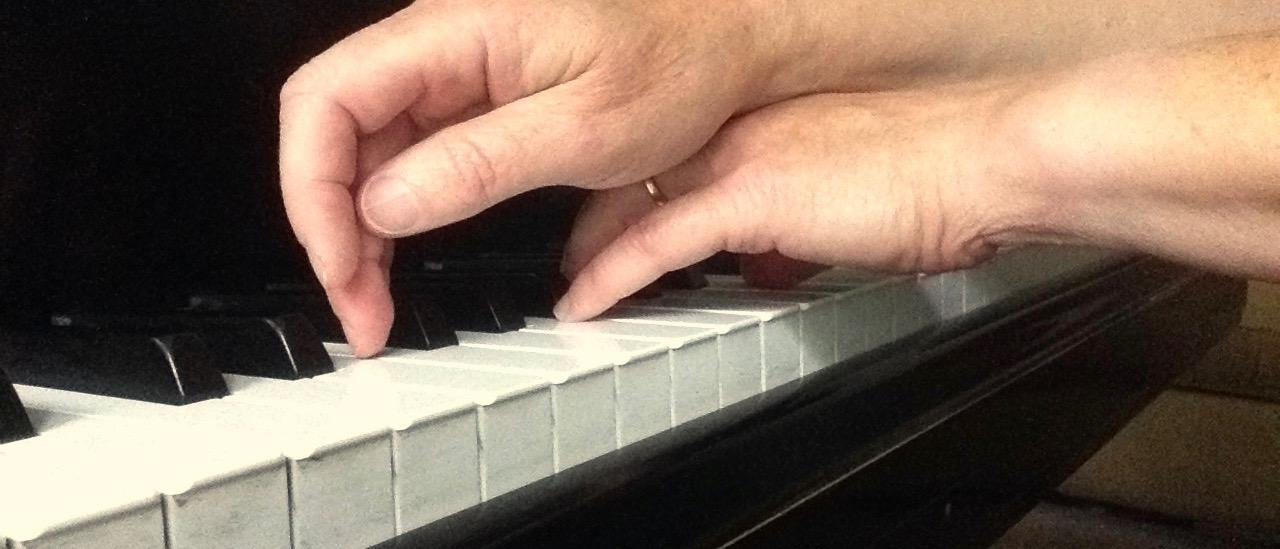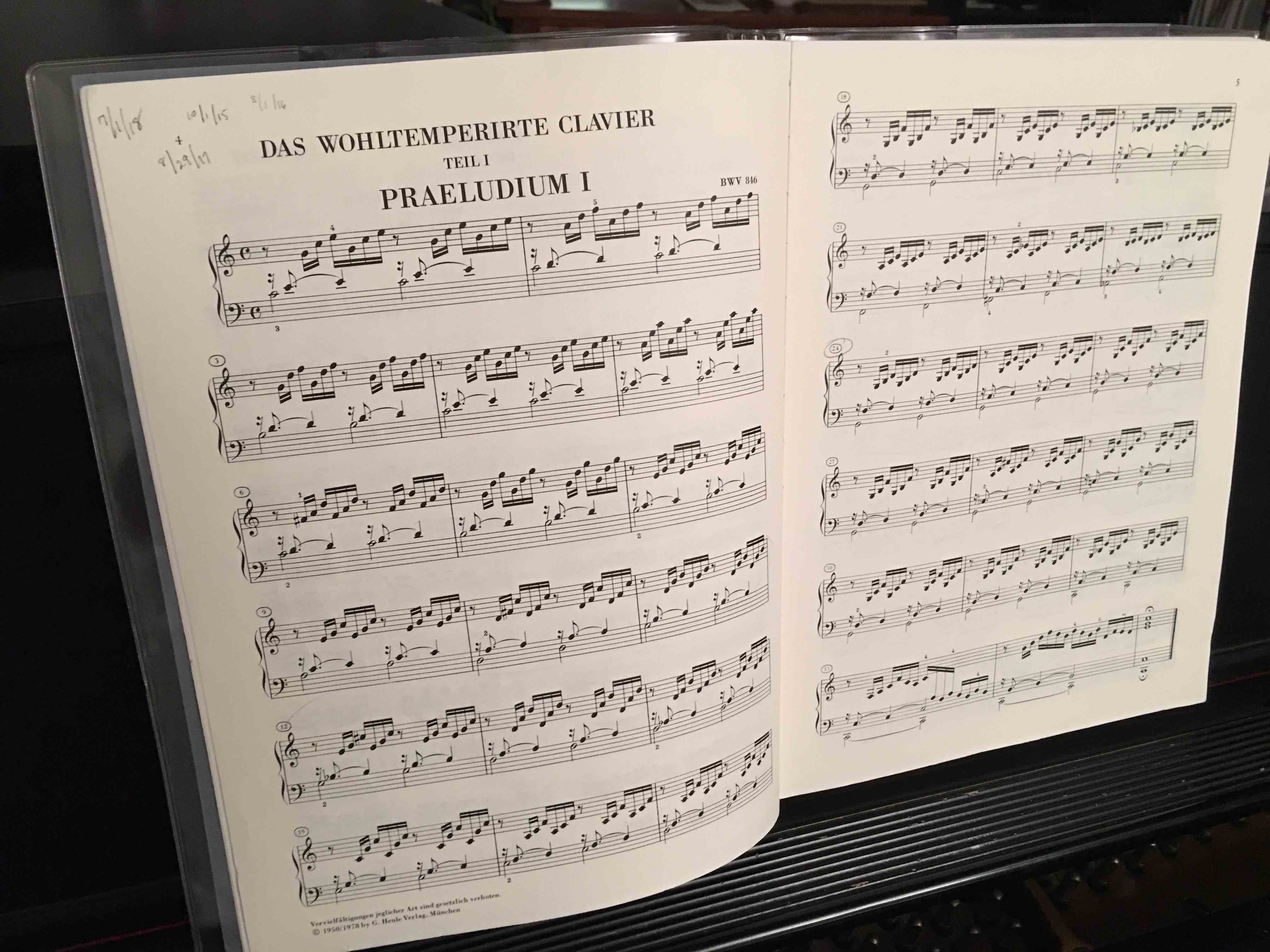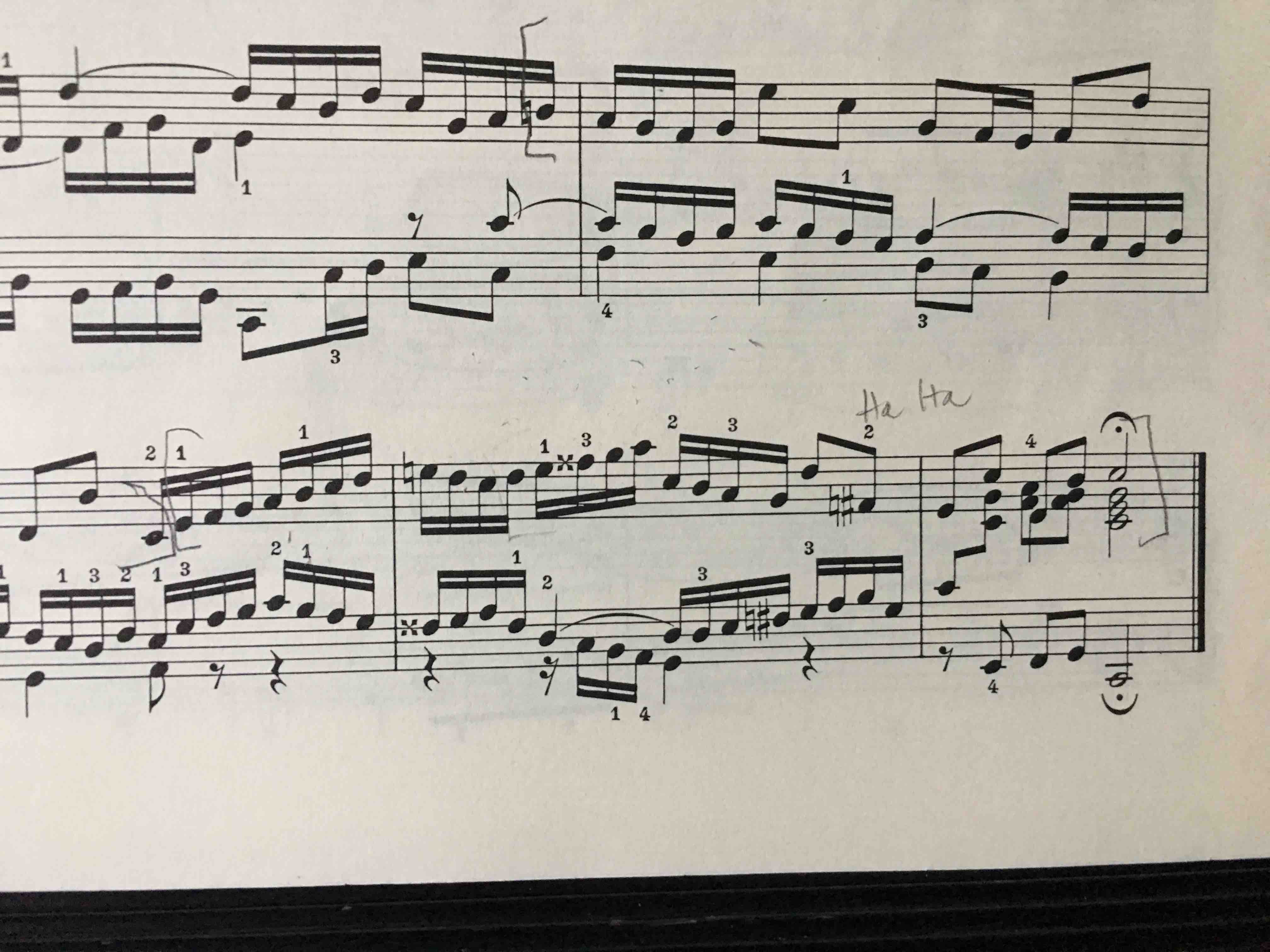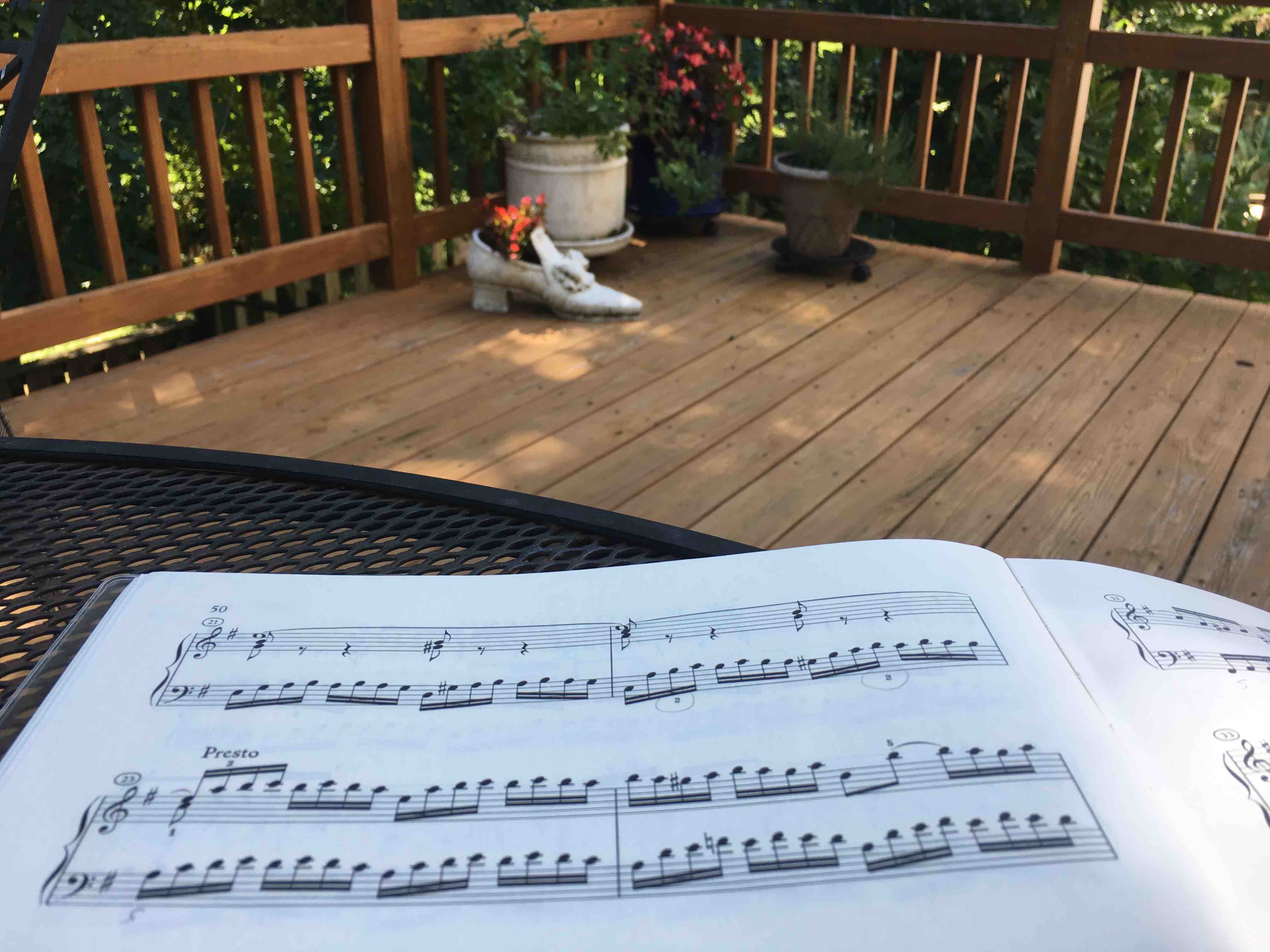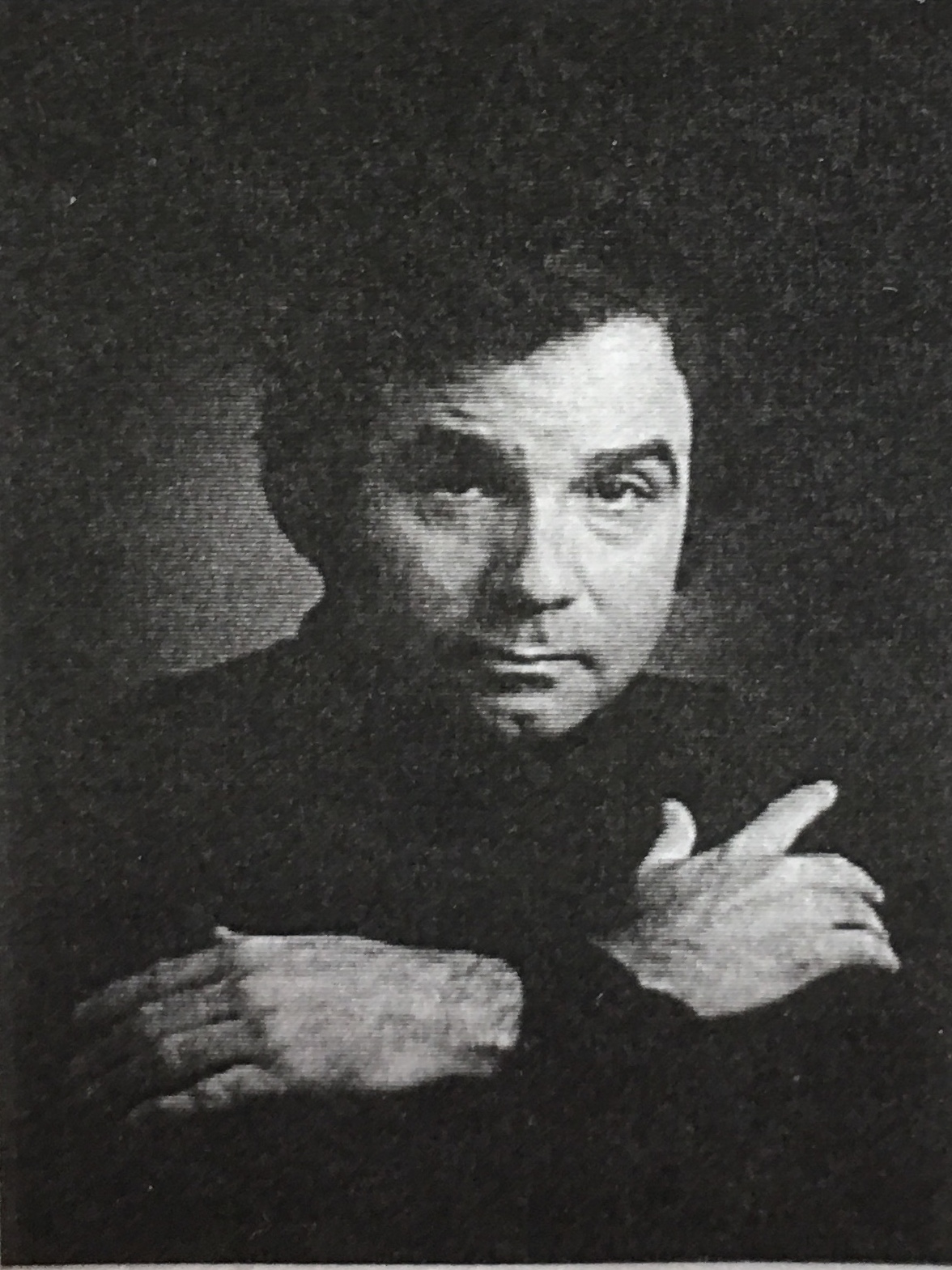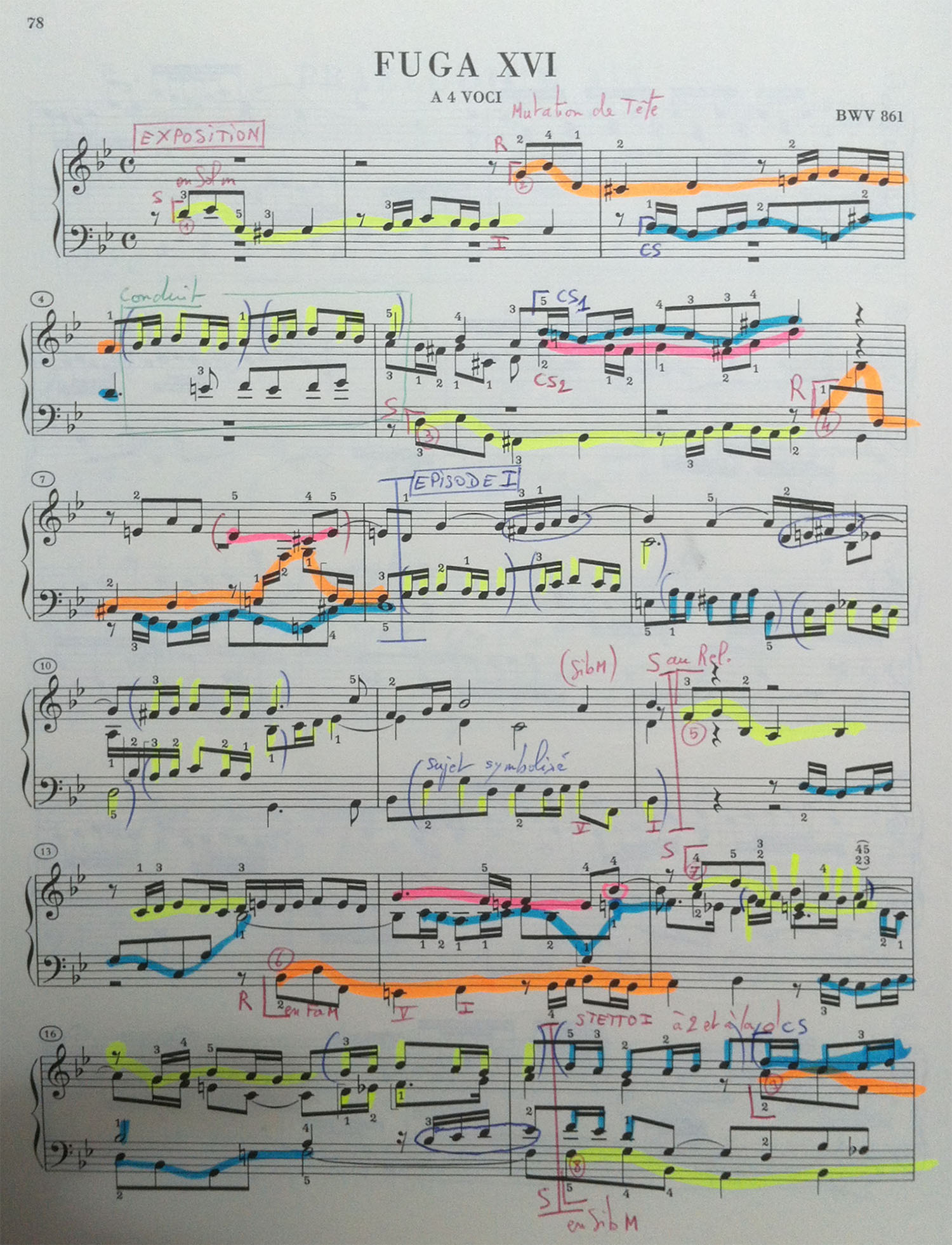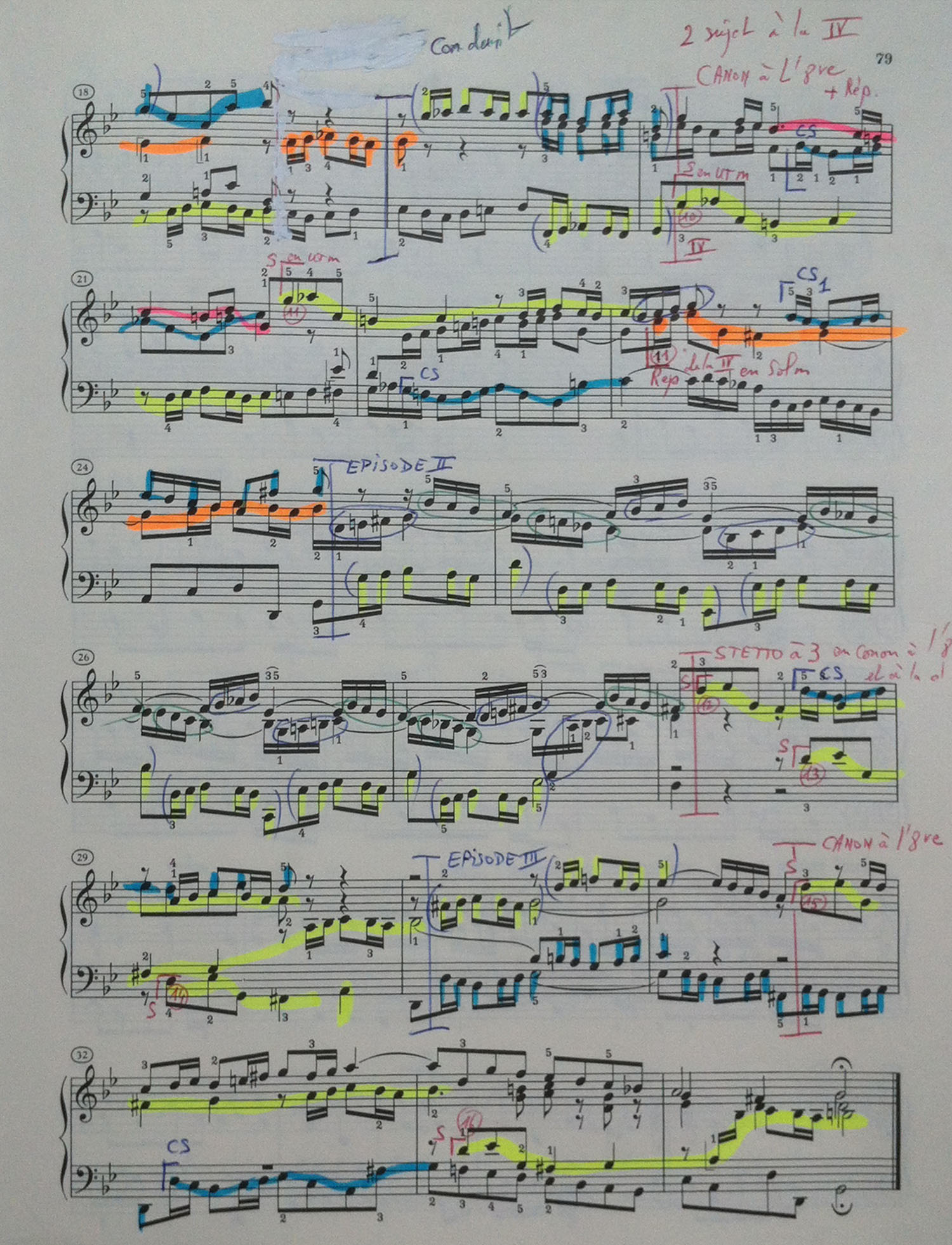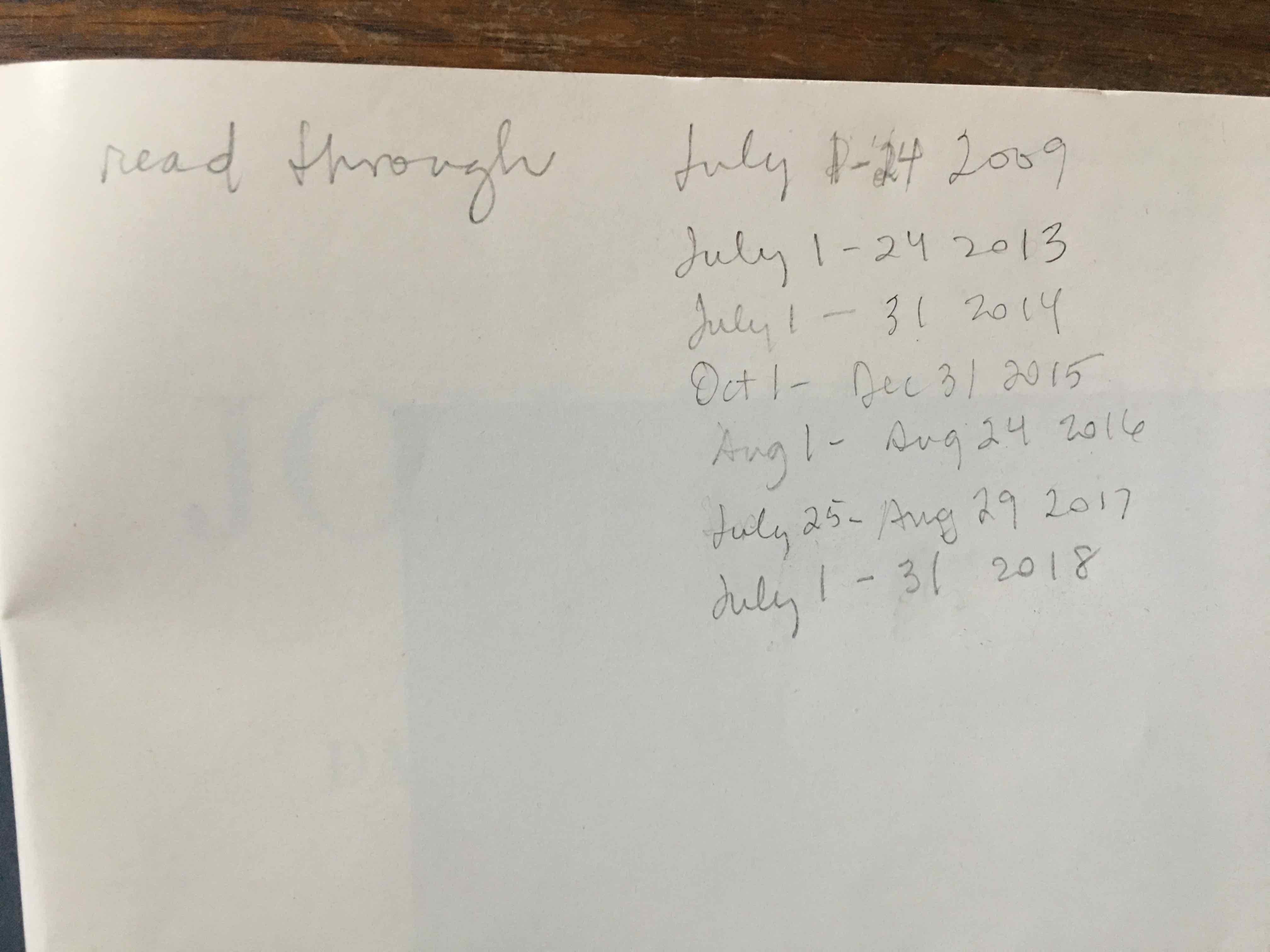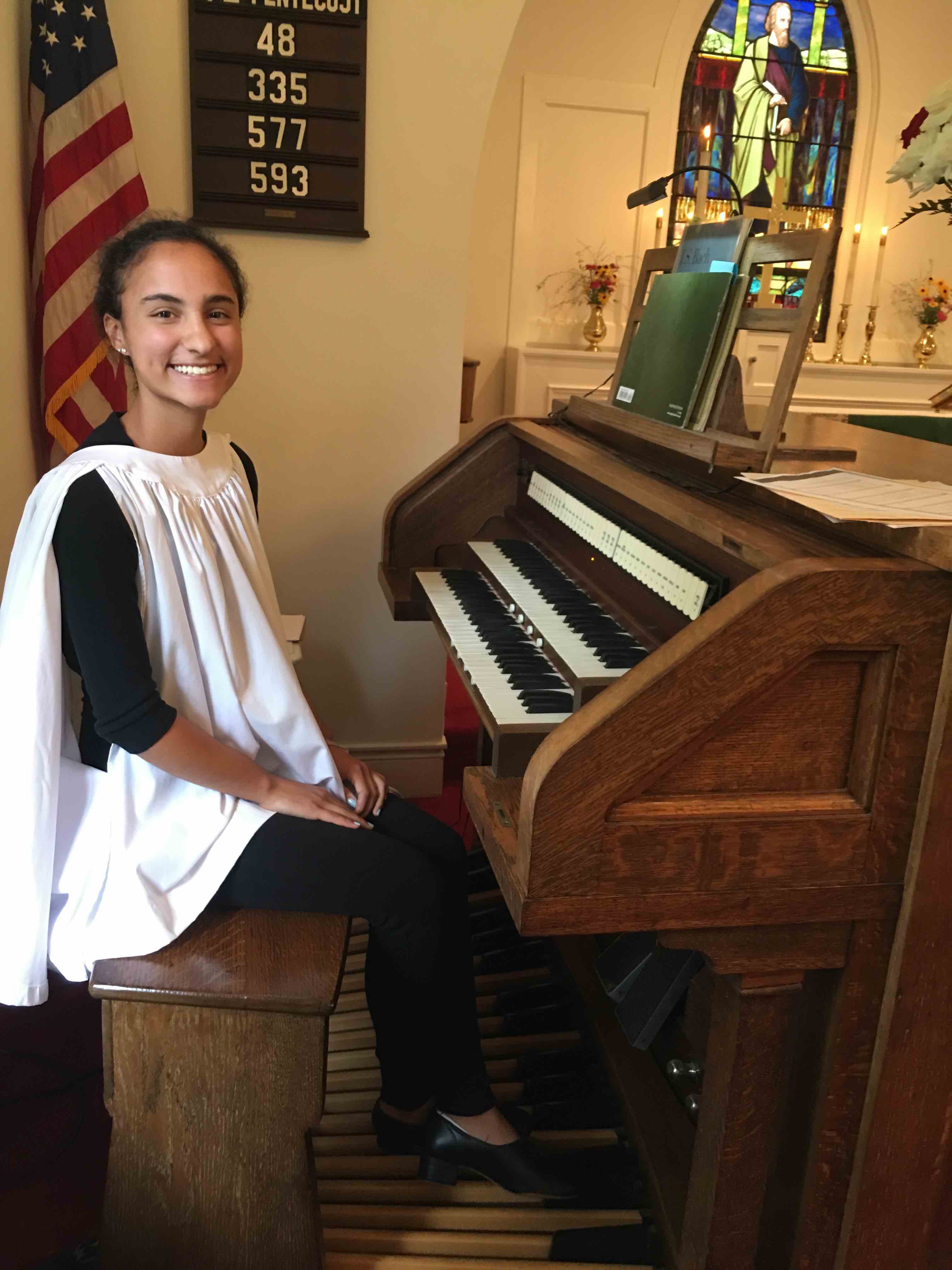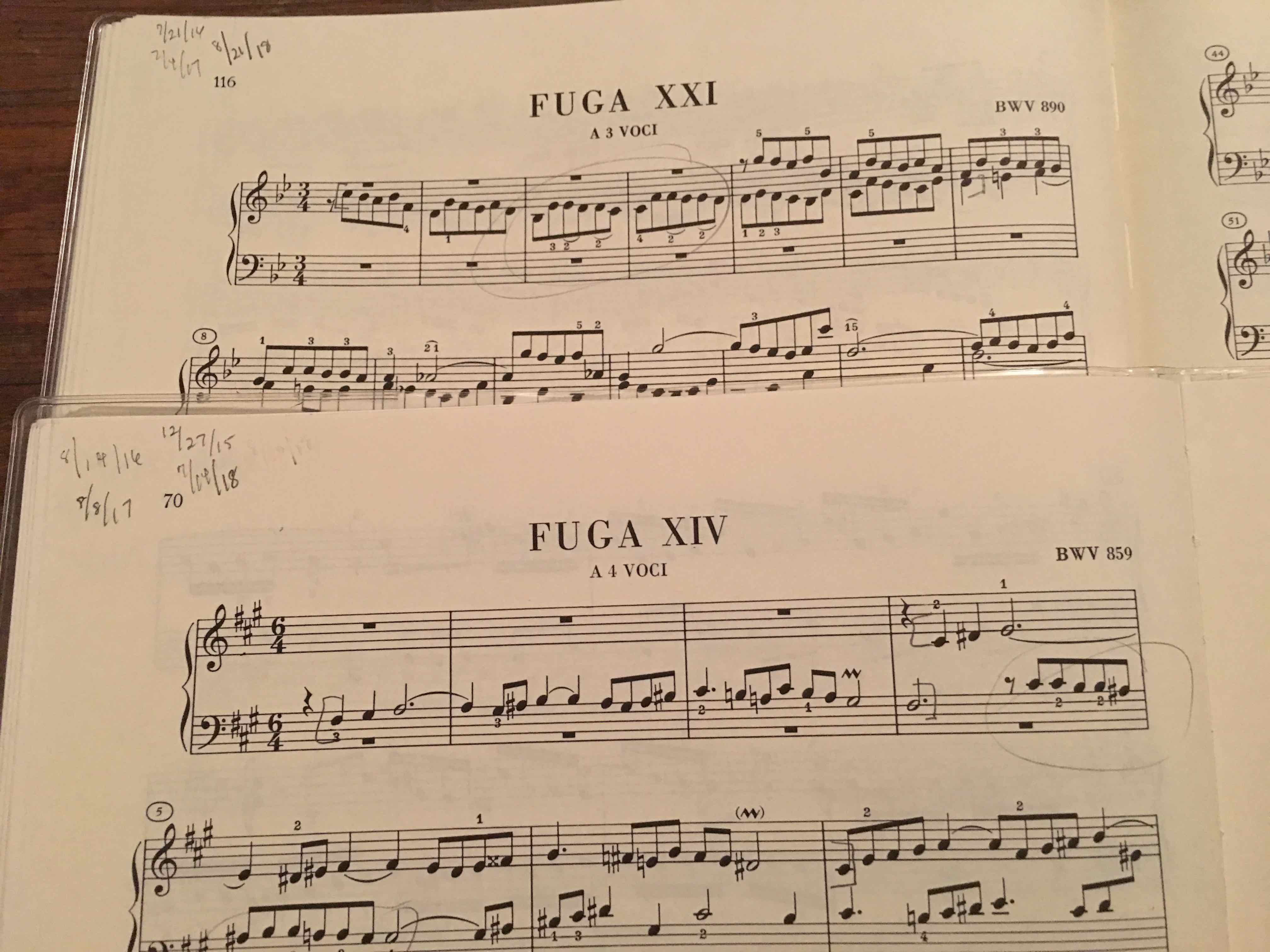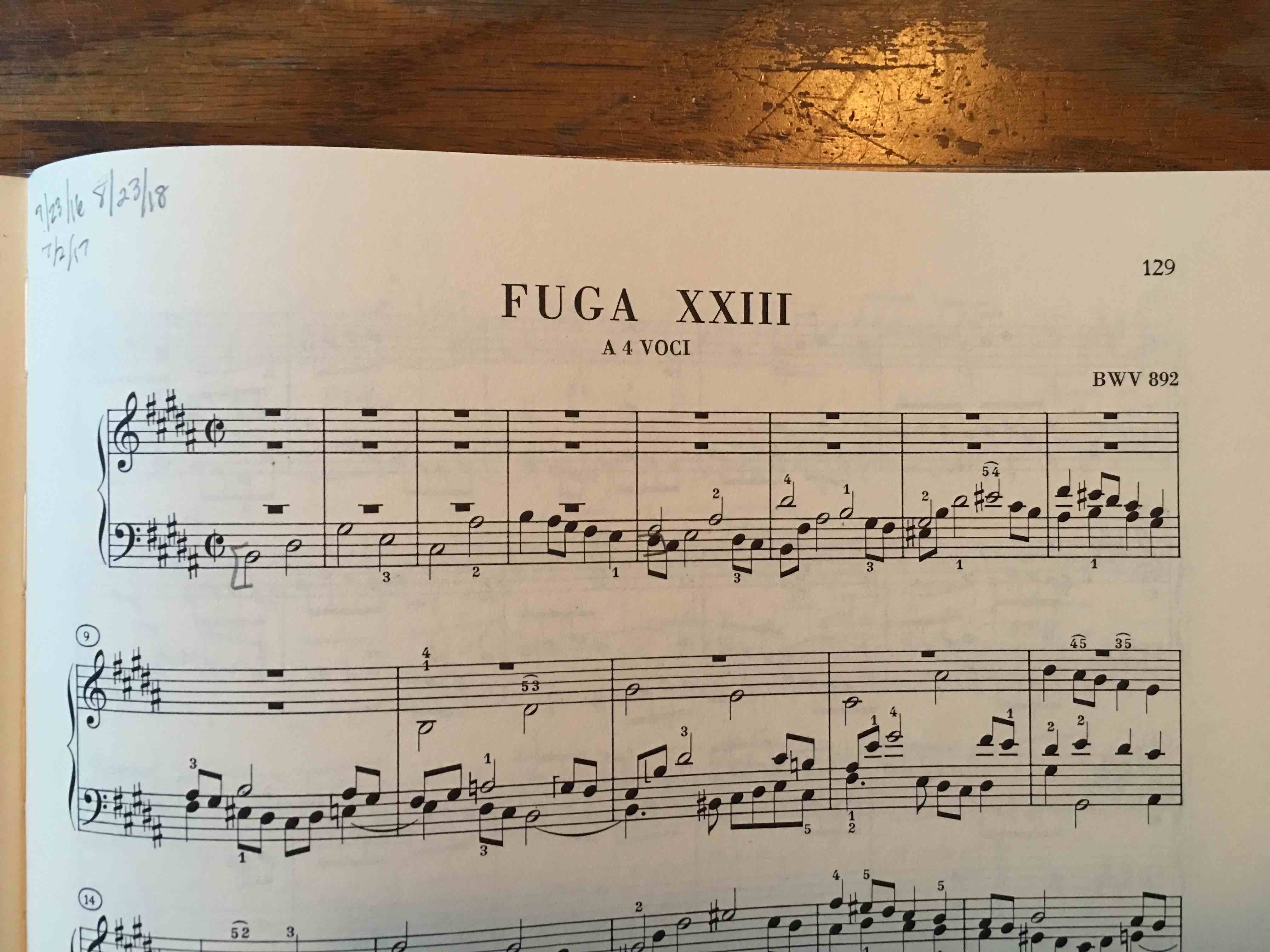Today is the last day of this blog and my 8th annual journey through Bach’s Well Tempered Clavier Books I & II. I began Book I on July 1, and finished on July 31; I began Book II on August 1 and played through without break, finishing the 24th Prelude and Fugue in B minor today, August 24, 2018. And what a conclusion: Bach invents a fandango-like line which develops into a rich, meaty Prelude. With dramatic pauses and themes that walk and turn in counterpoint, this Prelude tells a story that keeps the listener/player rapt, ending darkly but energetically in the minor. The Fugue subject is forthright with powerful octave punctuations, reiterated clearly throughout. Bach muses into harmonies that would be plumbed by Beethoven a century later, and drives into the most definitive and powerful ending of WTCI&II. That last D#, powering the final chord into major after a suspension, is an explosive statement. You feel it in your whole body, a fitting conclusion for the titanic two-book collection. It makes me reflect that I sell my summer short when I change the playing order to entertain myself. The most magnificent journey begins with P&F I WTCI and ends with P&F XIV WTCII.
I blogged some questions over the summer that deserve answers. For what did Bach write Book I? It was the world’s best infomercial, in this case to promote a new keyboard tuning (well-tempered tuning) that allowed multiple unrelated keys to be played without re-tuning. (For what did he write book 2? I don’t know. Maybe it was better than doing the morning crossword.) How many Preludes in Book 2 are based on a sonata form? Ten. (Only the last prelude of Book 1 is in this form.) How does WTCII vary in nature from WTCI? I find WTCII to have more craft in the preludes; they take on a more personal, story-telling quality; they ascend to a higher art form than the already excellent preludes in WTCI.
I have not promoted this blog in the normal venues for blog writers. I slipped it into my website without telling people about it. I haven’t created a Twitter or Facebook account to link to the blog. I wrote it for two reasons. One was to give the thoughts that come to me each summer on this Bach journey a place to live. The other, bigger reason is for my students, should you ever stumble into this blog. I want you to know how deeply this music affects me and my life, how seriously I consider this music to benefit my mind, heart and soul, and, importantly, how profoundly I think it will benefit yours.
I wrote this blog for you.
Love,
Miss Helen

